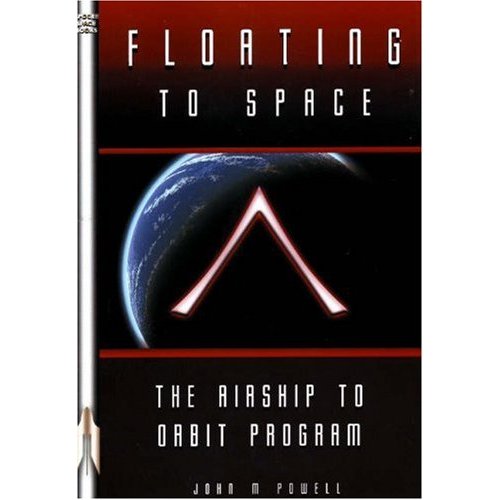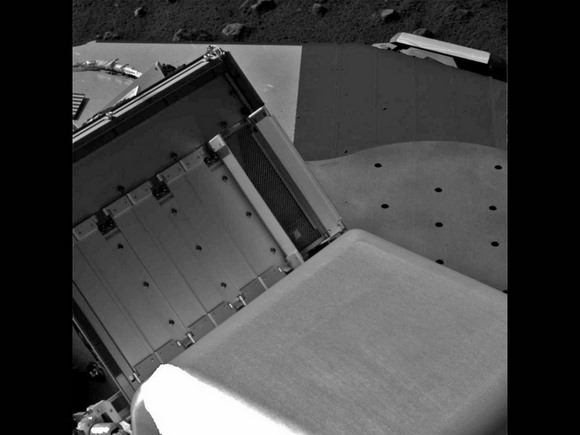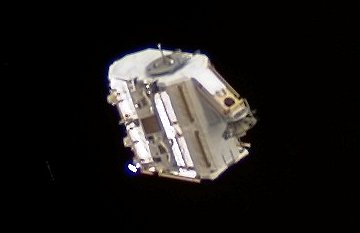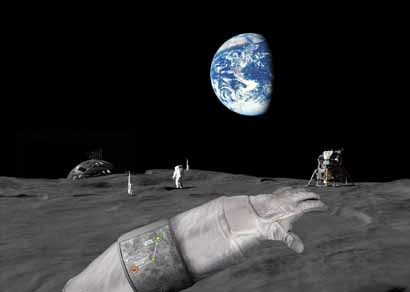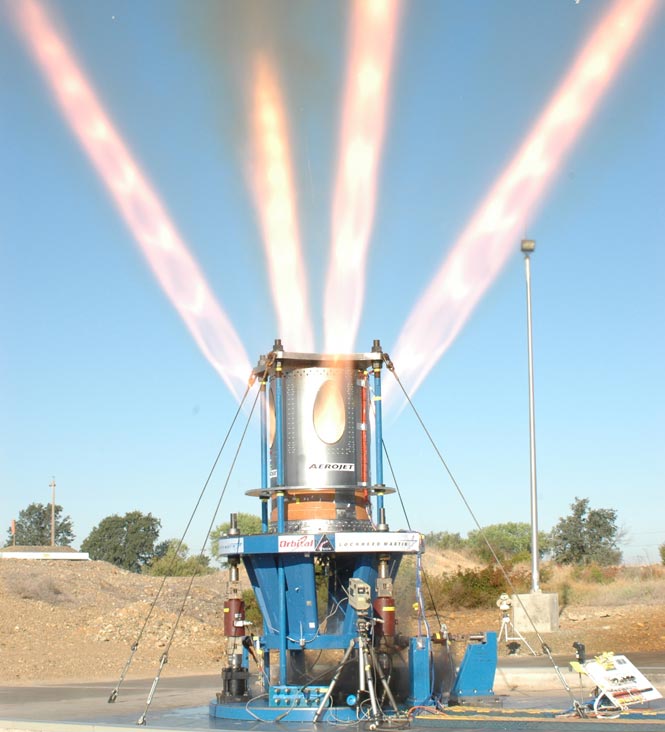[/caption]
America’s OTHER space program is how John Powell bills his airship to orbit program. This endeavour, wonderfully encapsulated in his book Floating to Space, describes a less than typical application of a well-known technology. Using the concept of dynamic climbing, he believes and shows that airships are the better method to putting people and material into space.
Airships aren’t new. The Montgolfier brothers made the first modern edition and, since then, lighter-than-air transportation has been used to make determinations of weather in high latitudes, as well as to film sports events. Effectively, by trapping a less dense gas within an envelope, the envelope and a payload ascend. John Powell is fine tuning this concept for travelling into orbit and plans to soon elevate appreciable payloads to above 400 kilometres. And, as we all know, at that height, space travel becomes quite achievable.
Given this unconventional concept, Powell’s book follow the standard fare of all space dreamers. Like these, his book starts by admonishing the reader to accept physics and forgo tradition. Next, he justifies his beliefs by providing a review history. For example, did you know that the Nazca drawings might have been directed by a fellow in a hot air balloon? Continuing on, he provides a rational description of the current abilities of airships and their kin and ably convinces the reader that airships have got potential.
Now, if the reader perseveres through this brief background, they will get into the really exciting stuff. For it seems that John Powell is as much an engineer as he is a dreamer. Having amassed more than 80 missions over the previous 15 years, he can draw upon real experience and he does so in presenting the reader with steps he’s made of real progress. For example, during the early times he describes shooting rockets from balloons, nicknamed rockoons. Toward the end, he describes how he’s now floating platforms to above 100 000 feet. This story would warm any engineer’s heart. The technical progress described would set their hearts on fire.
Complementing the book is an enclosed DVD that is part documentary and part fanfare. In it, Powell’s placed some choice video taken from payloads as they climb to way-up-high and other videos that show a quite rapid descent from the same height. Equally exciting segments include footage of the next generation craft, Ascender 90, with ‘wings’ over 90 feet in length. It gently rises massively above a hanger floor as if coming to life for the first time. Given that this is a taste of things to come, this book is a wonderful place marker of what’s happened to date in Powell’s program and where things will hopefully be going.
In sum, this book’s got the touch of a visionary and the feel of a practitioner. It showcases a small cadre of people working against the grain of the norm. Yet, similarly, their goal is to achieve a great benefit for everyone. Optimism exudes from the pages as do technical triumphs. And, success just seems around the corner so that the reader may feel themselves getting drawn into the excitement and look to contribute.
Though not as flashy as rockets, airships provide similar capabilities. Both loft massive payloads up above the atmosphere. John Powell’s book Floating to Space – The Airship to Orbit Program shows the feasibility of this endeavour as well as results of his own efforts. With time, it seems, this program is destined for a lofty future.
Read more reviews online, or purchase a copy from Amazon.com.



